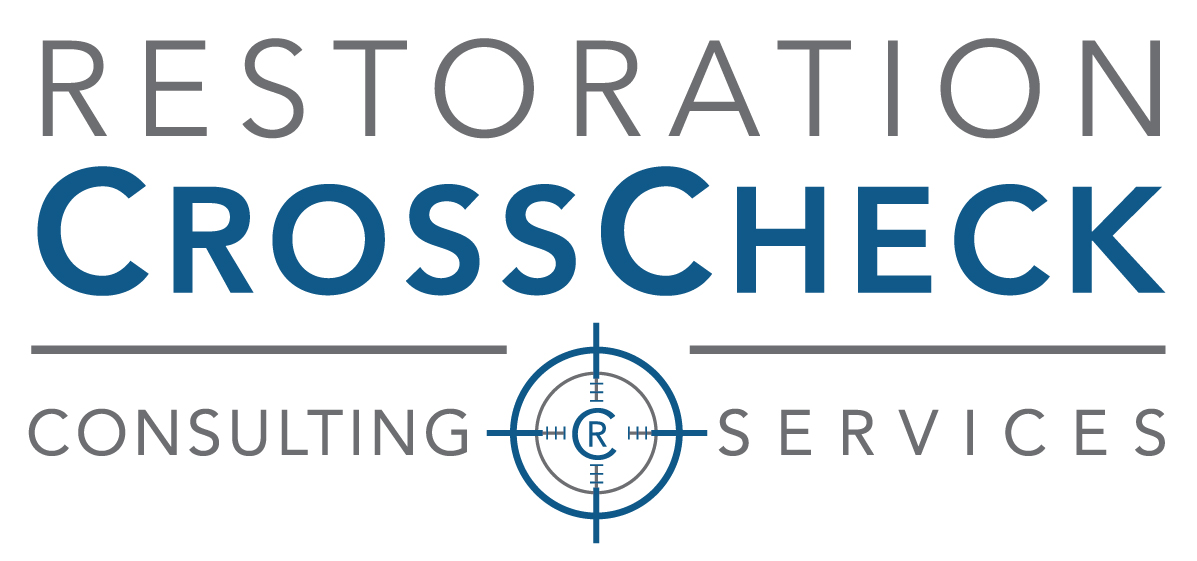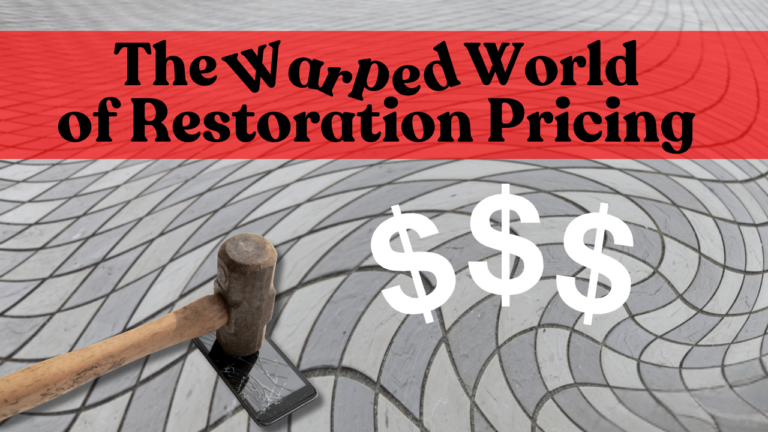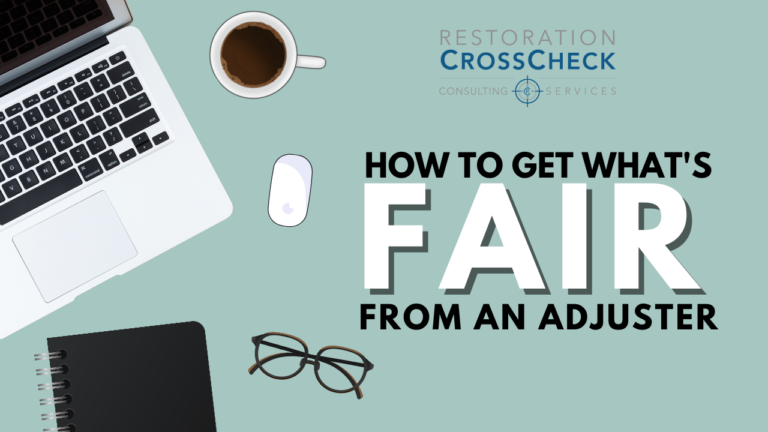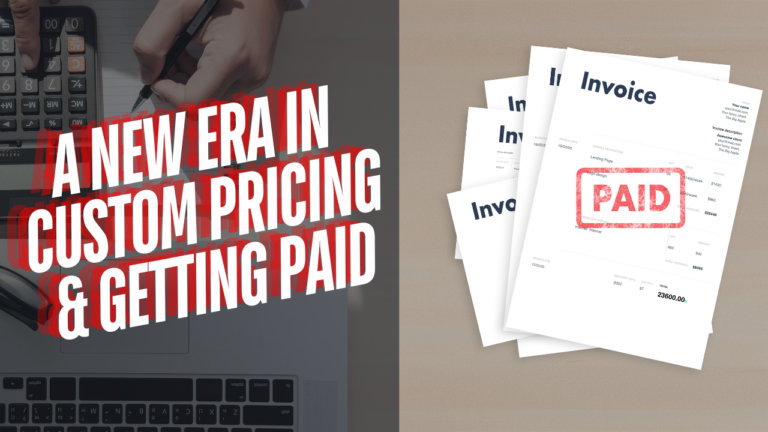Your 2023 Insurance Renewals
By
David Dybdahl CPCU
December 2022
Going into 2023 many restoration firms are going to be receiving some unexpected and unwanted items in their insurance policies, in addition to increased costs.
In 2022 insurance companies across the board paid out $1.05 for every $1.00 they brought in in premiums. Insurance companies really need that number to be 95% of premiums paid out in claims and expenses to make a decent return on capital. There are two ways to fix that profitability problem for insurance companies. Pay fewer claims and charge more premiums.
Charging more in premiums is an obvious response that every insurance buyer sees and understands. Paying fewer claims is a much more hidden and troublesome response for people in the restoration business in particular. The way that is done is to strip away coverage in the policies sold in the future.
The owners of restoration firms need to pay unusually close attention to their insurance coverage because the liability insurance coverage deck is stacked against restorers in particular. I will explain why this situation exists and what to do about it below.
Insurance agents historically have proven not to be very effective in correcting for the stacked deck of cards. Today seventy percent of restoration firms have significant but avoidable insurance coverage gaps in their liability insurance policies. For those restorers working with direct repair networks, the avoidable significant coverage gap rate can be as high as 94%. That shocking number is based on the review of hundreds of actual liability insurance policies sold to restoration firms over the past five years, it is not a guess. Significant coverage gaps are easy to avoid simply by purchasing insurance that was specifically designed to insure a restoration firm.
What is a significant coverage defect? An unavoidable cause of loss that is not covered under the current insurance policy but could and should be covered. More hidden coverage gaps will be introduced in 2023 to correct for the 105% combined loss ratio. Do not expect to be provided with a road map showing where the coverage glitches are by the insurance company selling the policies with glitchy coverage.
Specially designed, price competitive insurance programs are readily available in every state. They cost a little more than liability insurance that excludes a lot of what a restoration firm does for a living. But that is to be expected.
As a wholesale insurance broker, insurance agents are technically my clients. I have never met an insurance agent who would knowing sell an insurance policy that does not insure what their customer does for a living, and I know thousands of insurance agents across the United States. Yet I know from experience that the significant coverage defect rate in the liability insurance policies sold to restorers has been and will be extremely high.
Why is that the case? There is no training venue to help insurance agents figure out the unique coverage needs of restoration contractors. The vast majority of insurance professionals have never heard of Category 3 water for example. You will never figure out the effects of a bacteria exclusion if you do not know where Category 3 water comes from or how moisture leads to mold growth.
Why is the significant coverage defect rate so high for restoration firms in particular? Insurance companies do not want to receive or pay claims related to pollution or contamination of any kind under Commercial General Liability (CGL) insurance policies. That rule of thumb applies to all buyers of liability insurance. But unique to firms in the restoration business, the mainstream insurance industry also tries to avoid paying claims related in any way related to fungi (mold) or bacteria (Category 3 Water). Avoiding paying claims specifically associated mold and bacteria dates back to the “toxic mold” media blitz and resulting “mold is gold” lawsuits which were common at the turn of the century.
To make sure they don’t end up paying pollution/contamination claims insurance companies come up with prohibited classes of business lists to restrict who they will sell their CGL insurance policies to and then they go onto specifically exclude losses that arise from various contamination sources.
Restoration firms uniquely get caught up in this general trend because they unavoidably work with water damage, which often involves remediating mold or Category 3 Water.
Restorers also can inadvertently run into asbestos and lead on job sites, which can lead to seven figure contamination claims. There are very few claims when the presence of these materials is known by the contractor. The surprise presence of these materials leads to liability losses.
As a class of business, restorers get the quadruple risk management whammy of restricted access to liability insurance, plus specifically excluded claims associated with contamination, mold and bacteria.
New for 2023 be on the lookout for this exclusion on liability insurance policies.
CLEANING AND FUMIGATION EXCLUSION
We do not cover any liability directly or indirectly caused by arising out of, resulting from, in consequence of or contributed to by any cleaning process involving fumigation, misting and /or fogging
I suspect this exclusion was driven by a fear of COVID claims being made against the firms performing building cleaning and sanitation services. The unintended consequence of the exclusion is sprayed on mold or Category 3 water remediation techniques also become an excluded cause of loss if a claim for injury to people or property is made arising from a job site where these excluded activities were conducted.
The Biggest Liability Claims Against Restoration Firms
In the restoration business the most expensive business operations claims come from;
- Injuries to workers – Bodily Injury not covered in Workers Compensation policies. (Action over claims)
- Inadvertent exposure to Asbestos – Bodily Injury and Property Damage
- Inadvertent exposure to Lead – Bodily Injury and Property Damage
- Category 3 water – Bacteria – Bodily Injury and Property Damage
- Mold – Bodily Injury and Property Damage
It is very common to find all of these causes of loss specifically excluded in the CGL insurance policies sold to restoration contractors.
An exclusion in an insurance policy can eliminate something as a specific cause of loss, like claims arising from exposing occupants of a building to legionella bacteria by not cleaning or maintaining the HVAC system appropriately. Or an excluded cause of loss can even be broader, like this very common exclusion found in virtually all CGL policies sold to contractors. It appears as an Endorsement to the CGL policy.
This insurance does not apply to:
Any loss, cost or expenses arising out of the abating, testing for, monitoring, cleaning up, removing, containing, treating, detoxifying, neutralizing, remediating or disposing of, or in any way responding to, or assessing the effects of, “fungi” or bacteria, by any insured or by any other person or entity.
This exclusion does not address claims arising from exposing people or property to fungi (mold) or bacteria, that is excluded separately. More than half the readers of this today will have this job site exclusion in the form of an endorsement in company’s CGL policy. It will be a present in next year’s CGL policy as well.
This common rider to the CGL policy is an attempt to exclude all coverage under the policy for claims arising from a job site that involves cleaning or responding to or even assessing the presence of any amount or type of fungi or bacteria. For a restoration firm it is effectively a “you cannot be in the water restoration business” exclusion. A restorer can decide to stay away from mold remediation jobs but it is impossible to completely avoid a speck of Category 3 water, or drying jobs gone bad that lead to mold damages.
An awful lot of restorers and insurance agents wrongly believe that a Contractors Pollution Liability (CPL) insurance policy with specified coverage for mold and bacteria can fix a “mold/bacteria remediation job site exclusion” in a CGL insurance policy. That is not correct. The CPL policy only covers claims arising from exposure to specified pollutants/contaminants. Fire is not a “pollutant” in a CPL policy. Therefore, burning down a house from an electrical fire in power cord to an air mover on a Category 3 water job is not a covered claim under a CPL policy. If claims arising from the job site job are excluded by the above exclusion in the CGL policy, there will be no liability insurance in force for causing the fire.
The only way to fix the “you cannot be in the water restoration business” exclusion is to get that endorsement taken off the Commercial General Liability policy. That is generally impossible to do at any price.
Or the more practical solution is to buy a General Liability policy that does not have the exclusion. Some but not all of the package policies that combine General Liability /Contractors Pollution Liability and Professional Liability insurance for work under IICRC Professional Standards do not have the “you cannot be in the water restoration business” exclusion on the General Liability policy. But those package insurance policies are not created equally.
I read with amusement the other day a combined General Liability /Contractors Pollution Liability/Professional Liability policy that was sold to a Restoration Contractor by a well-intentioned but uninformed insurance agent. Neither the agent nor the restorer had read the policy before I did it for them.
The General Liability coverage part had been endorsed with a “you cannot be in the mold or bacteria remediation business exclusion”. But that was not all that was wrong with the policy. In the final analysis all five of the largest sources of claims made against restoration firms were excluded in a package insurance policy that by the cover looked fine.
The front page of the policy looked real good;
The policy had General Liability, Contractors Pollution and Professional Liability coverage parts.
Insured Description of Operations : Water restoration and mold remediation contractor
But then buried in the 100 page insurance policy were these other significant coverage defects. To my amazement, claims arising from or in any way related to these things were also specifically excluded causes of loss in the CPL policy.
- Any claim related to asbestos
- Any claim related to presence of Lead
- Any claim related to the emission discharge release or escape of Mold
Nowhere did the policy say that Bacteria was covered as a cause of loss on the CPL policy. But bacteria was clearly excluded on the CGL coverage part. The CPL policy needed to cover claims arising from asbestos, lead, mold and bacteria, it did not. But even with these corrections the CGL would still be subject to the “you cannot be in the water remediation business” exclusion.
Separately the policy excluded by endorsement the #1 cause of big dollar claims in the restoration business; Injuries to workers – Bodily Injury not covered in Workers Compensation policies. This is a form of contractual liability normally covered in the CGL policy. These are routinely seven figure losses.
It took me less than five minutes to ferret out the six big fundamental coverage defects in the policy. They lined up perfectly with the five most costly sources of claims on a restoration firm.
The only solution for this particular restoration firm was to dump the current policy mid-stream in the policy term and to purchase a combined GL/CPL/Professional Liability combined policy that actually insured them for what they did for a living.
Lesson learned, you have to actually read the liability insurance policy to figure out if the needed coverage for a restoration firm is there. Look for these things.
- A separate fungi or bacteria exclusion endorsement in the Commercial General Liability insurance policy.
- Separate exclusions for named contaminates on the CPL policy.
- Any exclusions in the CGL or CPL for specific remediation protocols.
The good news is going into 2023 there is a healthy insurance market with specially designed package liability insurance policy forms in the restoration business. Pricing will go up a little. But today about 70% of restores are buying policies with easily avoidable significant coverage gaps that are only going to get worse as insurance companies move to fix a 105% combined loss ratio.
David Dybdahl, CPCU, CIC, ARM, MBA is the CEO of American Risk Management Resources Network, LLC. a wholesale insurance brokerage firm specializing in insuring restoration contractors through local insurance agents coast to coast. For two decades he has participated in the census drafting committee of multiple IICRC Professional Standards and Guidelines including the S500 and S520.




